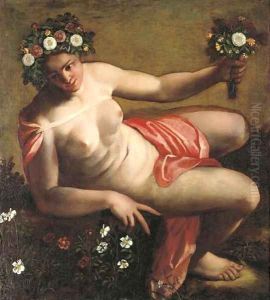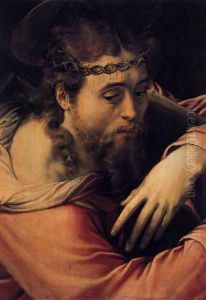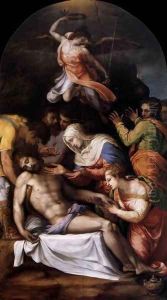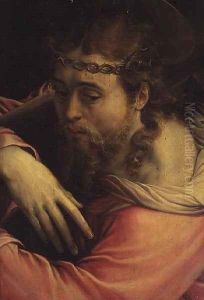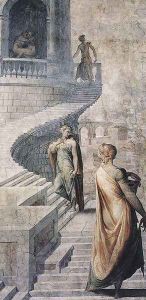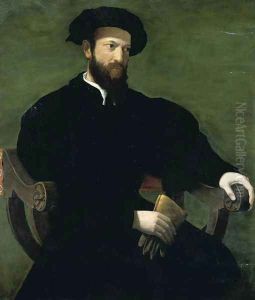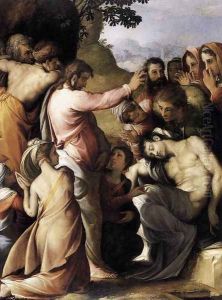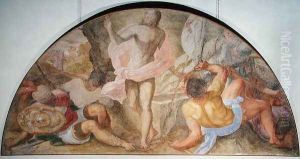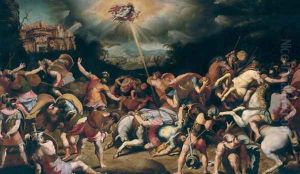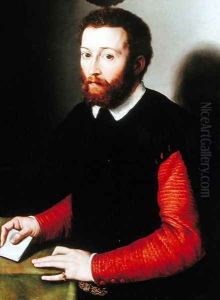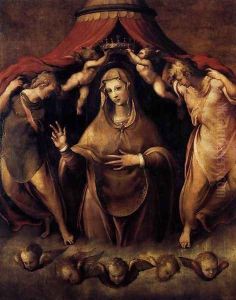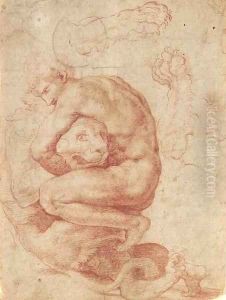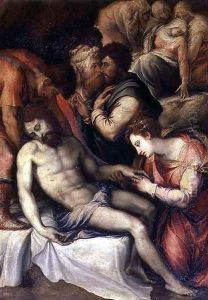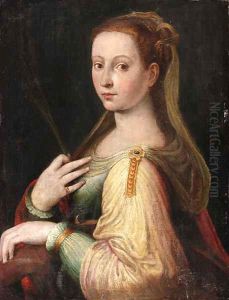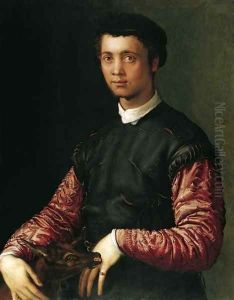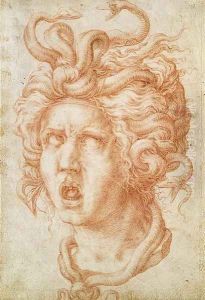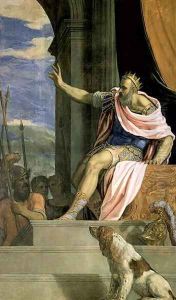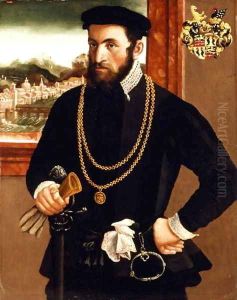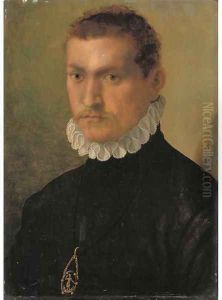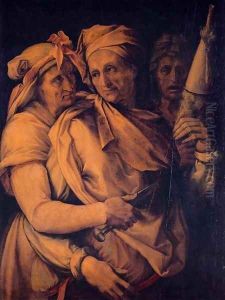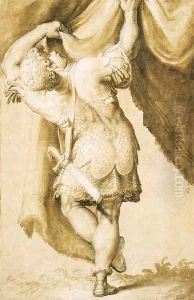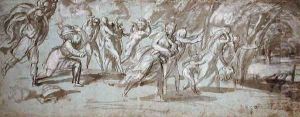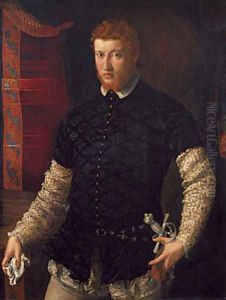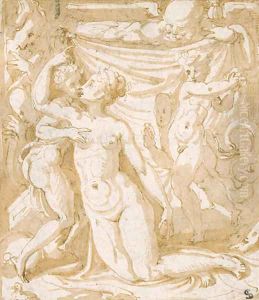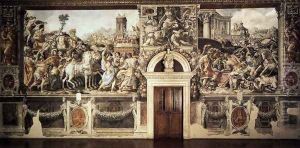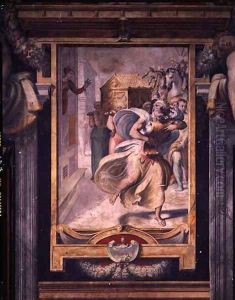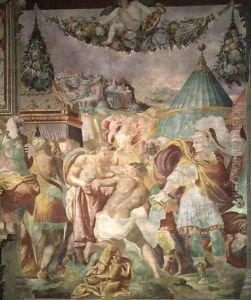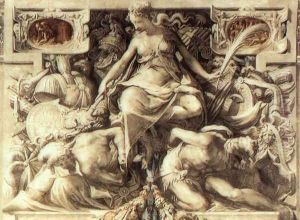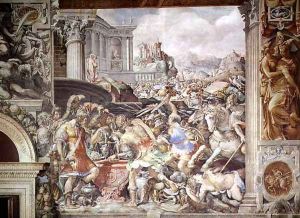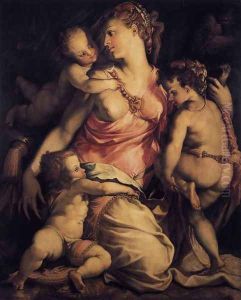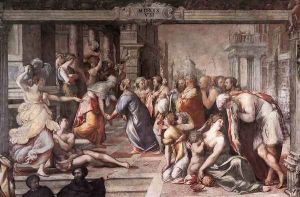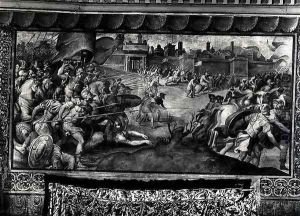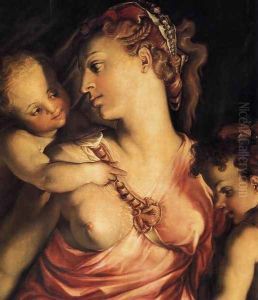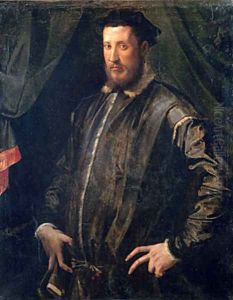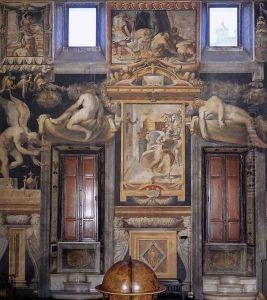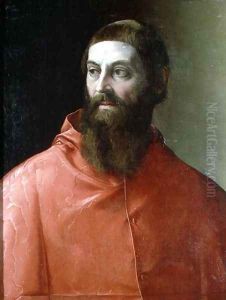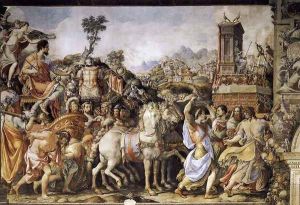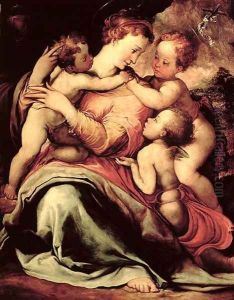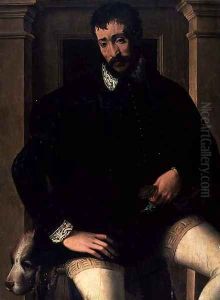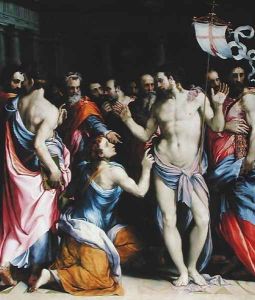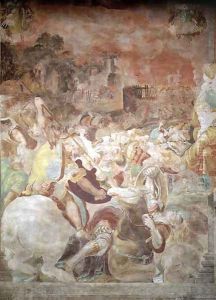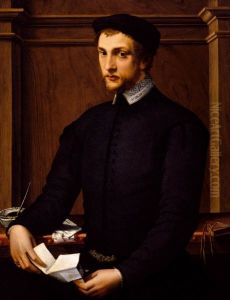Francesco de' Rossi Paintings
Francesco de' Rossi, also known as Il Salviati or Cecchino del Salviati, was an Italian Mannerist painter from Florence. Born in 1510, he was a contemporary of other renowned figures like Michelangelo and Vasari. He received his early training in the workshop of a prominent painter, Andrea del Sarto, alongside other future masters such as Jacopo Pontormo.
Salviati's style was characterized by the use of vivid colors, elongated figures, and complex compositions, typical of the Mannerist movement that emerged as a reaction to the harmonious and proportionate works of the High Renaissance. He was influenced by the works of Raphael and Michelangelo, but he developed a distinct style that emphasized elegance and decorative quality.
Throughout his career, Salviati worked on various significant projects across Italy. In Florence, he completed works for the Medici family and other notable patrons. He spent a considerable amount of time in Rome, where he painted frescoes in the Vatican, and contributed to the decoration of the Sala Regia and the Hall of the Chancery. Salviati also worked in Venice, completing a prestigious commission at the Palazzo Sagredo.
Salviati's reputation was not just confined to his paintings; he was also a talented draftsman and designer of tapestries, which were highly prized during his time. His drawings exhibit a mastery of form and a dynamic use of line, indicative of a skilled hand and inventive mind.
Unfortunately, Salviati's life was cut short when he died at the age of 53 in 1563. Despite his relatively short life, he left behind a significant body of work that has contributed to our understanding of the Mannerist style in Italian Renaissance art. His works continue to be studied and admired for their beauty and complexity, and they remain an important part of the artistic heritage of Italy.
